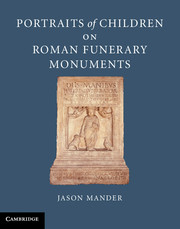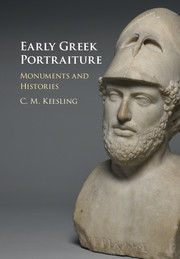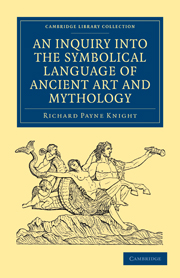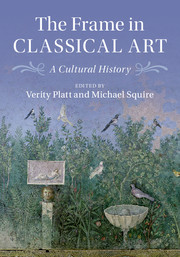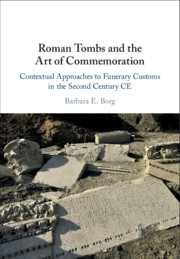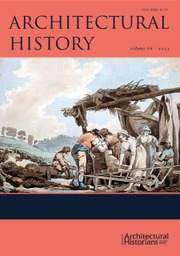Portraits of Children on Roman Funerary Monuments
Drawing on hundreds of tombstones from Rome, Italy and the Western provinces, this study assesses how parents visualised childhood. By considering the most popular funerary themes and iconographic models, it emphasises both the emotional and social investment placed in children, bringing to the fore many little-known examples. From Britannia to Dacia, Aquitania to Pannonia, it highlights the rich artistic diversity of the provinces and shows that not all trends were borrowed from the capital. With a wide range of social groups in evidence, including freedmen, soldiers and peregrini, it also considers the varying reasons which underlay child commemoration and demonstrates the importance of studying the material in context. Amply supported by a catalogue of examples and over a hundred images, it will be essential reading for anyone working on Roman childhood or family studies.
- Examines a wide range of monuments from Rome, Italy and the Western provinces and compares the portraits of children to those in other artistic contexts, including Greek tombstones, Roman wall-paintings and Roman public monuments
- Contains a full catalogue of all 900 currently attested monuments, including many which are little known in Roman childhood studies
- Richly illustrated, with 125 photos, as well as links to further online images
Reviews & endorsements
'Mander has produced a study of Roman childhood that is exemplary not only for the physical research that has gone into documenting this far-flung body of monuments but also for his rigorous, wide-ranging, and sober analysis of that corpus within its broader visual traditions and social-historical contexts. This is a book that any scholar with an interest in ancient childhood, the family, and social history will profit from reading.' Sinclair Bell, American Journal of Archaeology
Product details
No date availableHardback
9781107001022
411 pages
264 × 225 × 24 mm
1.4kg
130 b/w illus.
Table of Contents
- 1. Introduction
- 2. Locating the Roman child
- 3. The iconography of childhood
- 4. Nuclear notions
- 5. Fluid families
- 6. Portraits in context
- 7. Conclusion
- Catalogue.

